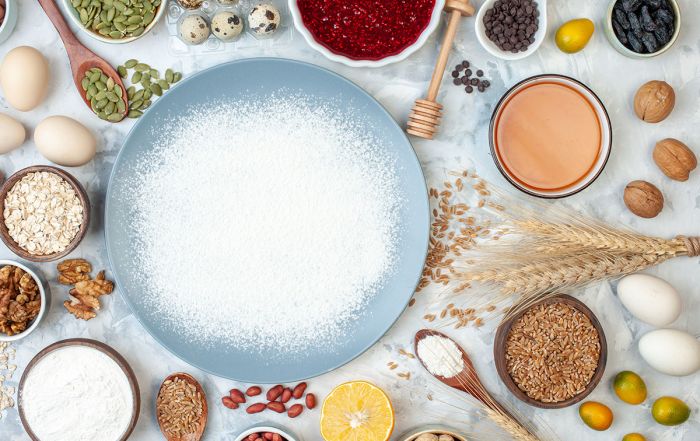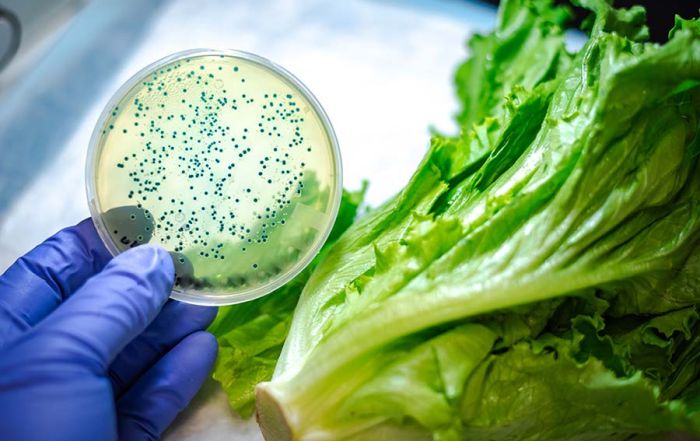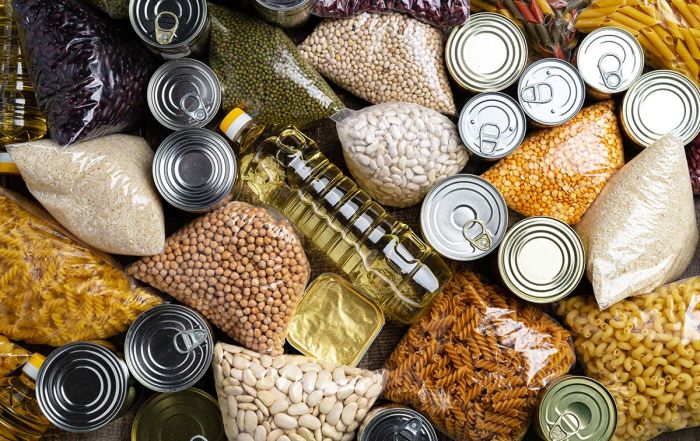Chilling Out: A Quick Guide to Thawing Food in Foodservice
Thawing food and cooling food are two challenges we face daily in foodservice operations. Regardless of the type of facility you operate, you are bound to be thawing food at some point in the day. When I started my first job in the foodservice industry at the ripe age of 14 many years ago, of course, I knew everything there was to know about thawing food – I’d seen my mom do it for years and by that time had earned several blue ribbons in 4-H food projects. You simply put it on the counter for the day and come back home for dinner and voilà, your food is ready to cook. While that may not have been what I learned in the industry as the proper way to do things, it wasn’t far off from the practices at the time.
Frozen foods are generally safe when stored at the correct temperature. However, once that frozen food begins to thaw, bacteria that may have been dormant during freezing can become active again, increasing contamination risk. That’s why proper thawing techniques are essential, it prevents these bacteria from reaching dangerous levels.
In the food code, the Food and Drug Administration (FDA) outlines four safe methods for thawing food in a commercial kitchen:
The best method to safely thaw frozen food is by placing it in the refrigerator. While larger foodservice operations may have a dedicated cooler for this (known as a tempering room), small foodservice operations usually don’t have this luxury. This method ensures that food remains at safe temperatures throughout the entire thawing process. However, as you might guess, this method also takes the longest and requires planning, and in foodservice with the peaks and valleys of service, we are not always able to plan as effectively as we might like.
For faster thawing, especially when you need food ready quickly, you can use cold running water. The water must be potable and kept at a temperature of 70°F or below. The key here is to ensure that food is thawed quickly and safely to prevent bacteria growth. This does not mean putting it under running water and coming back to it eight hours later. Once the product is thawed, remove from the water and get into a temperature-controlled environment as quickly as possible. The water does not need to be on at full velocity, but it does need to be at a sufficient velocity to agitate and float off loose particles. During this process, it is imperative that you monitor the food to ensure it does not rise above 41°F.
It is always preferable to have a sink dedicated to food preparation where you can thaw food. However, in the absence of that, if you must use a ware washing sink to thaw food, the food code also notes that this sink should be properly cleaned and sanitized before and after doing so.
…once that frozen food begins to thaw, bacteria that may have been dormant during freezing can become active again, increasing contamination risk.
Microwaves are not exactly known for producing meals worthy of a Michelin Star. But they can be an effective tool in your arsenal when you need to thaw food on the fly. Again, this is not a sit it and forget it proposition, and it does require careful monitoring. Foods thawed in the microwave may begin to warm up and enter the temperature danger zone (40°F to 140°F), where bacteria can multiply rapidly. Therefore, food thawed in the microwave should always be cooked immediately.
For some foods, like smaller cuts of meat or veggies, you can cook directly from frozen. This isn’t something we did a lot in our foodservice operation, but I wish we would have given this more thought. If you are routinely having to thaw foods, incorporating the thawing into the cooking process might be a great way to systemize the thawing process and make the food safer in the end.
As I mentioned above, these guidelines are all outlined in 3-501.13 of the food code, but it is also important to check the food code adopted in your state to make sure these are acceptable in your jurisdiction. Most states have similar guidelines for safe thawing, but it never hurts to check.
Whether you’re thawing food at home or in a commercial operation, be sure to do so properly and try to plan whenever possible. Thawing under refrigeration can take several hours or several days, depending on the size of food you are thawing. Consider your Thanksgiving turkey and how many days it sits in your refrigerator at home before it is ready to cook. Be sure you place the frozen food in a leak-proof plastic bag or other packaging, which helps minimize cross contamination.
As with any food safety task we discuss, be sure to train your staff properly. Just like the 14-year-old version of myself who thought he knew everything, your staff don’t always come to you with the knowledge of quantity food production, and it is important to let them know that what we do at home, may not always be the best and safest method to prepare food. Risk Nothing.
READ MORE POSTS
Enhancing Safety and Adding Flavor: The Role of Additives in your Food Supply
Last week, I ran across a post on Facebook from a childhood friend denouncing additives in [...]
E. Coli Outbreaks, The Gift that Keeps on Giving
Late in December, in response to possible E. coli contamination, we saw a recall issued for [...]
A Fresh Start: Recommitting Yourself and Your Business to Food Safety in 2024
As we get settled into the new year and leave the hustle and bustle of the [...]
Dry Food Storage – How Vital is it to Food Safety?
Whichever you decide, because some jurisdictions have more stringent requirements than the conference for food protection, check with your local health department to make sure they also recognize the exam before you pay for it.










